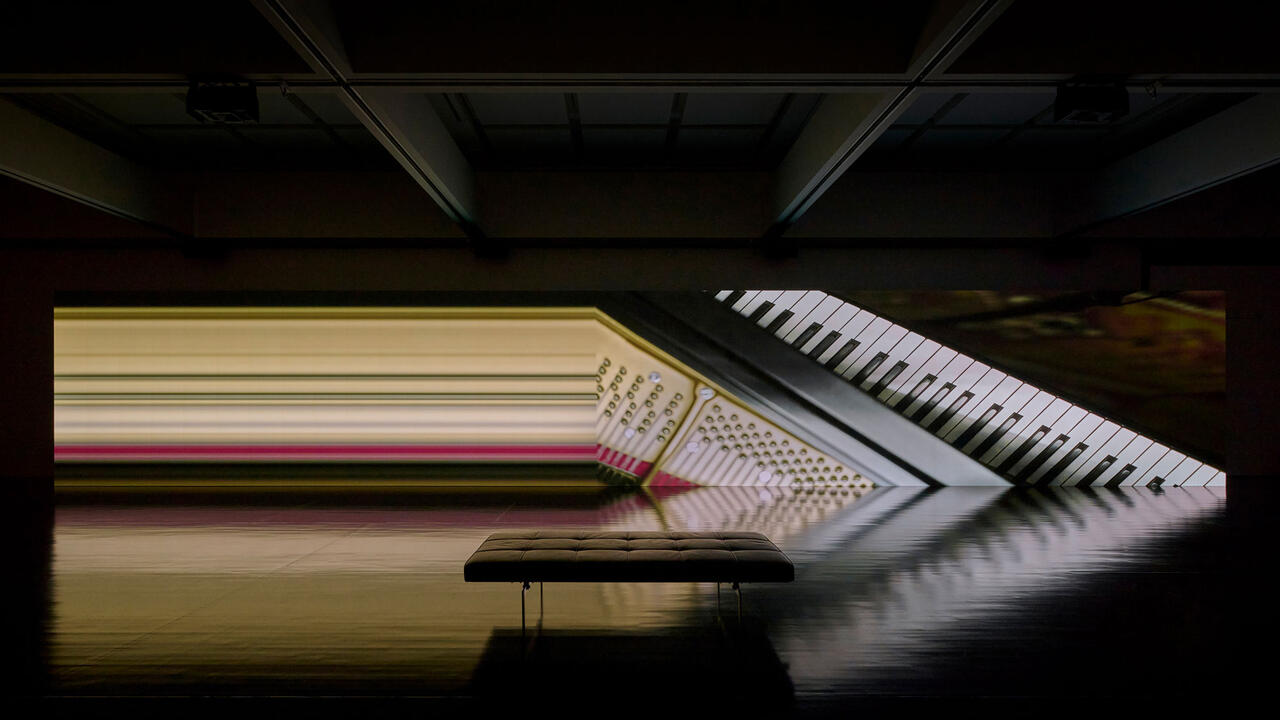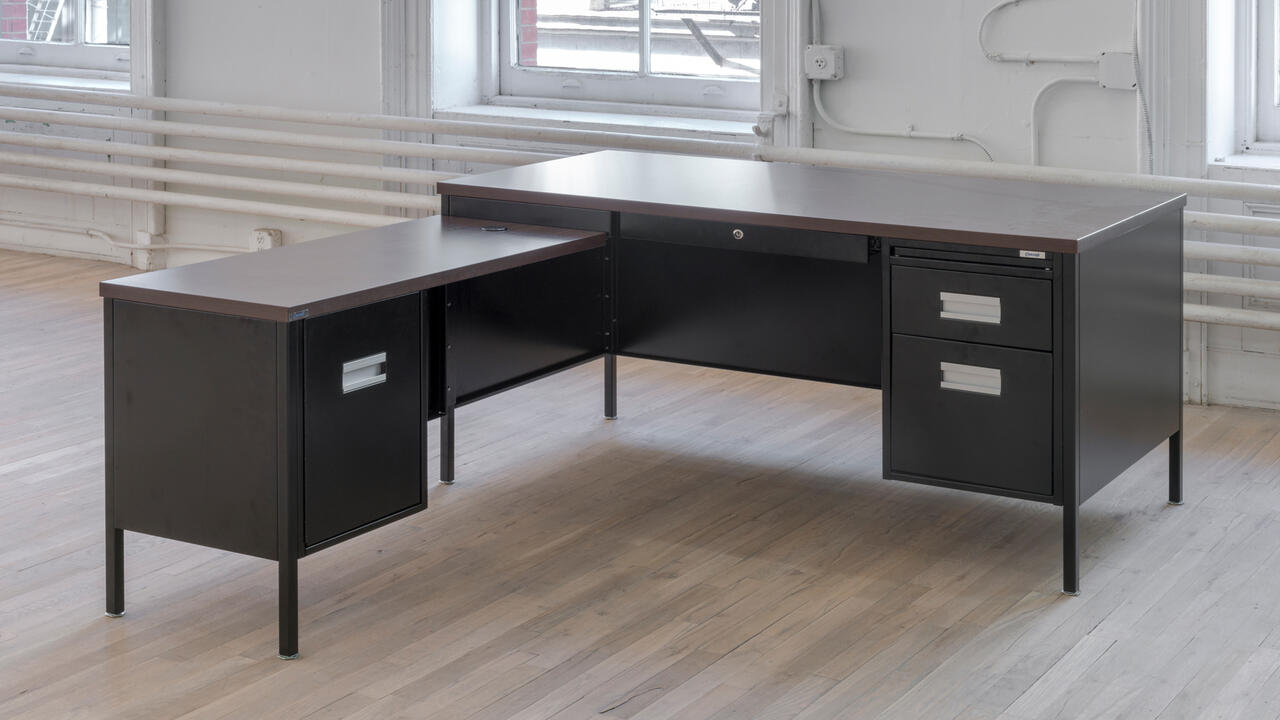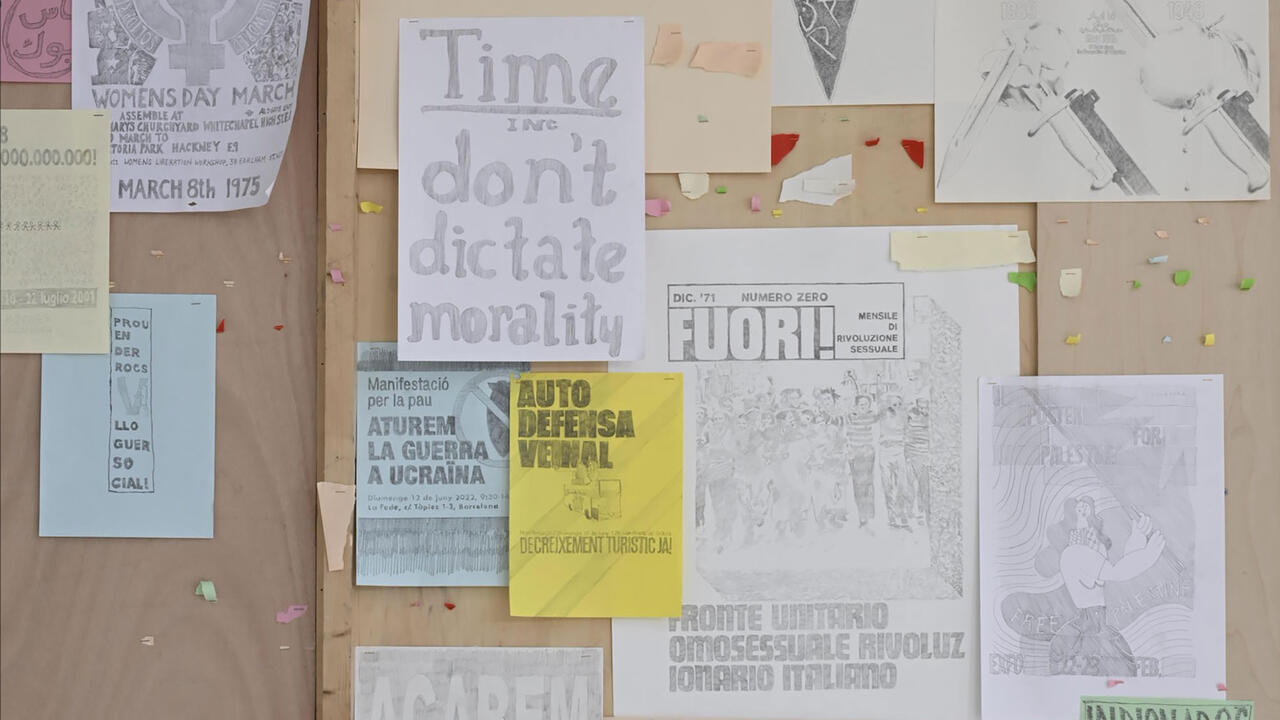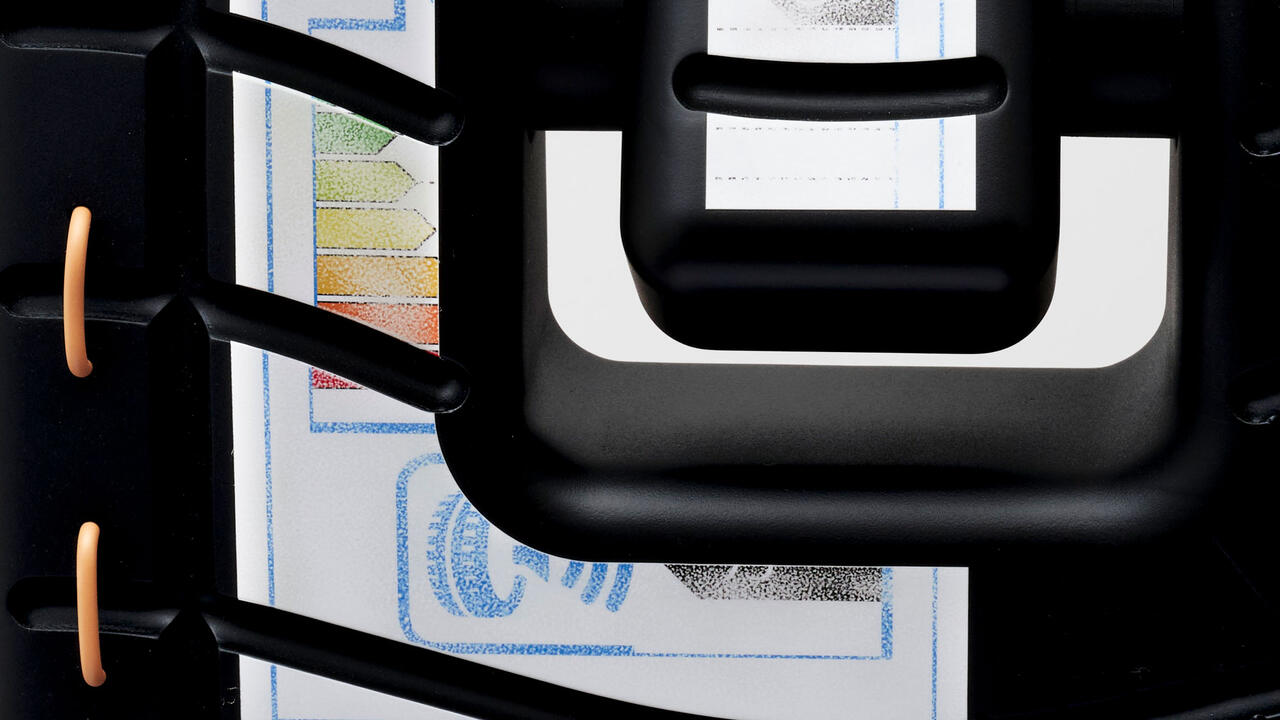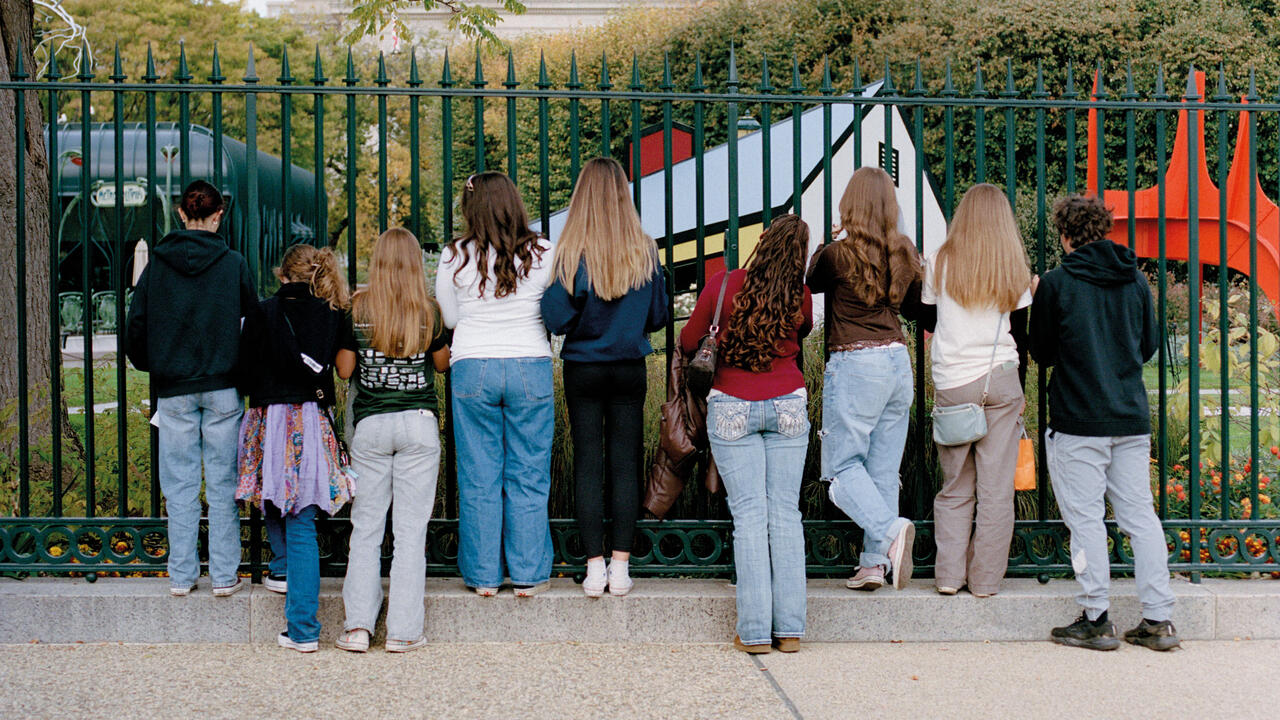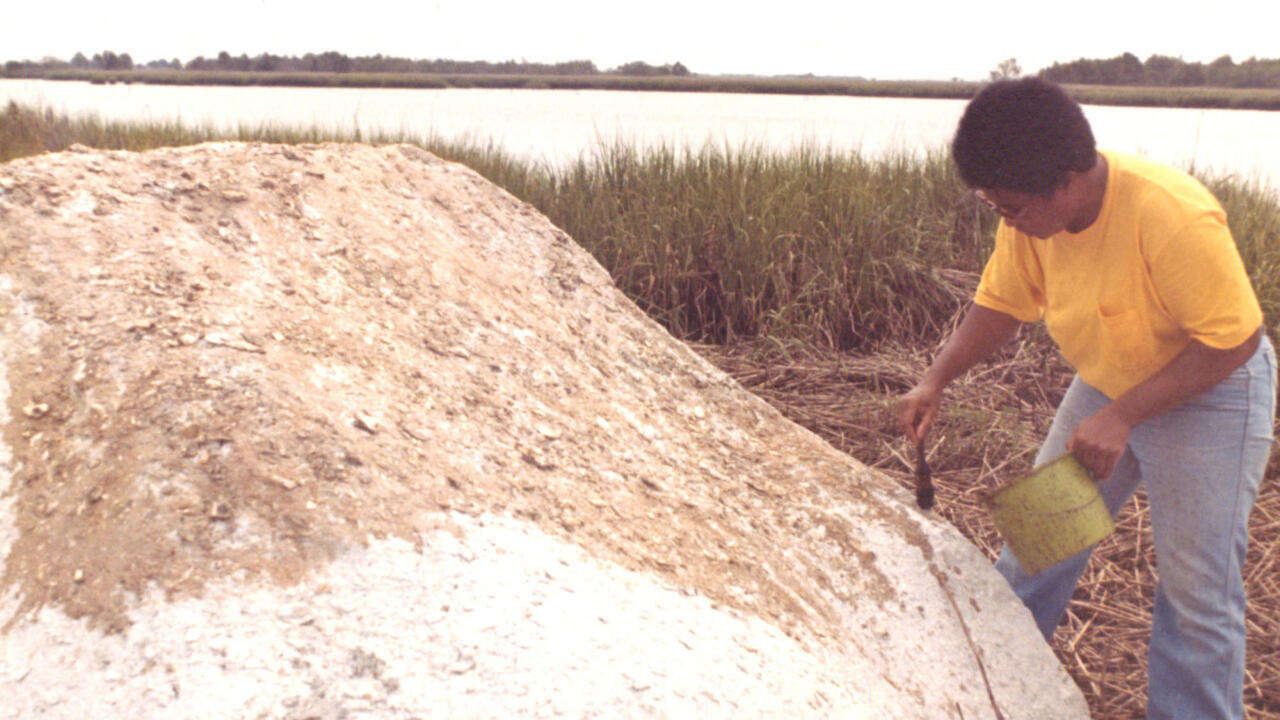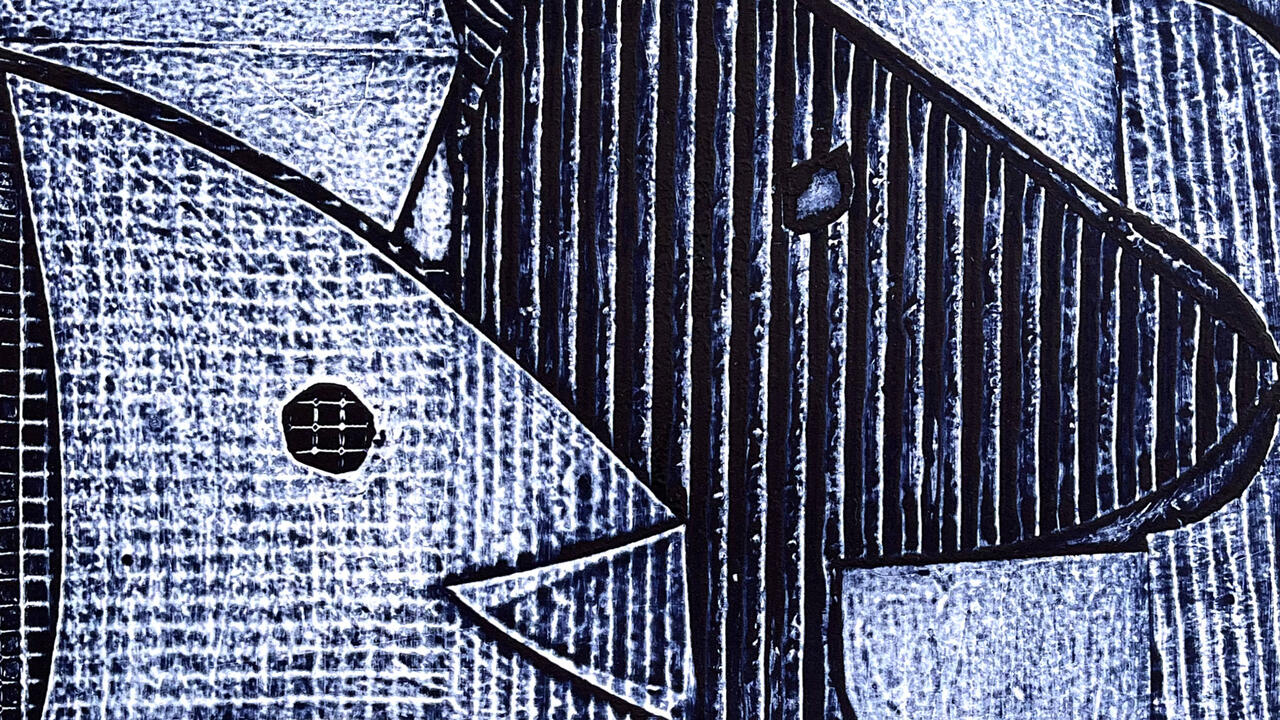Barcelona and Beyond
Contributing editor Max Andrews looks back on 2017, from turbulence in the Catalan capital to Pierre Huyghe’s masterwork in Münster
Contributing editor Max Andrews looks back on 2017, from turbulence in the Catalan capital to Pierre Huyghe’s masterwork in Münster

‘Looking back’ in 2017 has frequently involved casting a critical eye much deeper into the past. How about 199.6 to 145.5 million years ago? Amie Siegel’s remarkable and premonitory ‘Strata’, which opened in February at the South London Gallery, was a reflection on geology’s real estate that culminated in an unnerving new work. Two uncannily veracious photographs had been produced from scans of pinkish-orange Jurassic-era Italian marble. A small wedge of the same rock was flecked with white as if a fatty hunk of salami was presented in a display case, while an adjacent text and photographic footnote revealed it to be a kind of cursed relic for our times – a relic from the braggadocious lobby of Trump Tower.

If Siegel’s Dynasty (2017) was a jinxed talisman for the rest of the year, it was because things frequently appeared to be torn-off, reckless, dismantled, botched or displaced, and because the most memorable exhibitions often revolved around non-human nature. Pierre Huyghe’s masterful After ALife Ahead (2017) made a powerful case for being one of the most compelling projects in the 40-year history of Skulptur Projekte Münster, never mind this year alone. It took place throughout an abandoned ice rink whose concrete floors had been excavated to host an evolving ecosystem. Algae, peafowl, algorithms, bees, an augmented reality app, carbon dioxide and cancer cells, were knit together in a manner that seemed to grasp at what Robert Smithson must have meant when he said in 1970 that he was ‘interested in the politics of the Triassic period’.
In Barcelona, contemporary politics loomed over cultural life. The August terrorist attacks on La Rambla and Cambrils were followed by the disputed October independence referendum. The obstinate crescendo of the Catalan separatist drive and the stubborn indifference of the Madrid leadership came to a head in a blundering, violent crackdown from the government of Mariano Rajoy on 1 October. Catalan president Carles Puigdemont unilaterally conjured a republic, before central rule was inevitably imposed. This discord has not been without its stresses for contemporary art. Arts Santa Mònica, an institution whose maladies I have chronicled before, cancelled perhaps the best exhibition that we’ll never see this year, by the ingenious artist Lúa Coderch, as the Madrid government stopped facilitating credit to Catalonia.

Curated by the artist Francesc Torres at the Mnac (Museu Nacional d’Art de Catalunya), ‘The Entropic Box’ was an outstanding deliberation on centuries-old breakdown and cultural strife. The exhibition gathered a series of artworks and objects that had been wilfully damaged or accidentally destroyed. These included a group of canvases of female nudes from the museum’s collection that had been knifed one night in 1952 – the misogynistic perpetrators were rumoured to be clergymen – and original doors from Antoni Gaudí’s Casa Batlló dumped on the street following remodelling a few years later. Down the hill at the Fundació Joan Miró earlier in the year, Mnac’s renowned group of 12th-century frescoes, apses torn out of their own context in the 1920s, were themselves the subject of a rapt cinematic meditation by Adrià Julià.
‘Ikunde. Barcelona, colonial metropolis’ at the Museu de Cultures del Món was another sombre look at Barcelona’s past, and the city council’s establishment in 1959 of a colonial station in Equatorial Guinea which serviced its zoologic and ethnologic collections. The most forlorn story from this era saw the albino gorilla Snowflake brought to Barcelona Zoo in 1966, where he lived until 2003. The exhibition by research group Forensic Architecture at Macba (Museu d’Art Contemporani de Barcelona) culminated in another rueful great ape tale: Sandra, an orangutan living in Buenos Aires Zoo, that was granted the legal status of ‘a non-human person’ in 2015. (Forensic Architecture also featured in documenta 14, with a damning analysis of the neo-Nazi murder of Halit Yozgat in Kassel in 2006.)

Other Barcelona highlights this year? Jordi Mitjà’s ‘Sculpture is not important’ at Fundació Suñol in February, and his recently-opened ‘To read with ideal conditions’ at Bombon Projects (a promising new addition to the gallery map this year) allowed the artist to really hit his stride. Duo Eulàlia Rovira and Adrian Schindler showed themselves to be among the most thoughtful young artists in the city. Their film An Orderly Landscape (2017), presented at Sala d’Art Jove, àngels barcelona, and at Pèrgam Llibres in conjunction with their 2016 performance A Fence, a Tapestry, was an absorbing reflection on the topography of the past.
2017 saw two exceptional projects by Joan Morey. The video Social Body (Anatomy Lesson) (2017), shot in the 18th century operating theatre of the Royal Academy of Medicine, was presented as part of Loop Festival. Produced for the exhibition ‘1,000 m2 of desire. Architecture and Sexuality’ at CCCB (Centre de Cultura Contemporània de Barcelona), Tour De Force (2017) was a powerfully ritualized dramatization of the history of HIV/AIDS in the city. Following a disconcerting prologue by Anna Sabaté in the role of the virus, five groups departed in five white limousines with actors embodying narratives of pharmacology and illness.

No less persuasive was Claudia Pagès’s dauntless exhibition at the Sala Gran of La Capella, a former 15th century chapel. (Full disclosure: I was a member of the open-call jury that selected her project.) Anxiously compressed between stone slabs strewn on the floor and a suspended ceiling, Pagès’s Talk Trouble hinged on the spoken and written word to evoke a seasonable sense of deliberate imprecision, linguistic friction and intractable miscommunication. It was as if the contagion of Brexit’s ‘constructive ambiguity’, or gnomic constitutional declarations, were diffusing into the interpersonal realm.
With new regional elections scheduled for 21 December, and independence leaders in legal limbo or behind bars, impetuous politics has conspired to make sentiments in Catalonia and Spain more polarized than ever. As the demanding projects by Morey and Pagès suggest, it is communicability – its staging or its lack – that underpins this complex of bodies, institutions and how we want to be governed.
Main image: Amie Siegel, Quarry, 2015, HD video, film still. Courtesy: the artist and Simon Preston Gallery, New York









